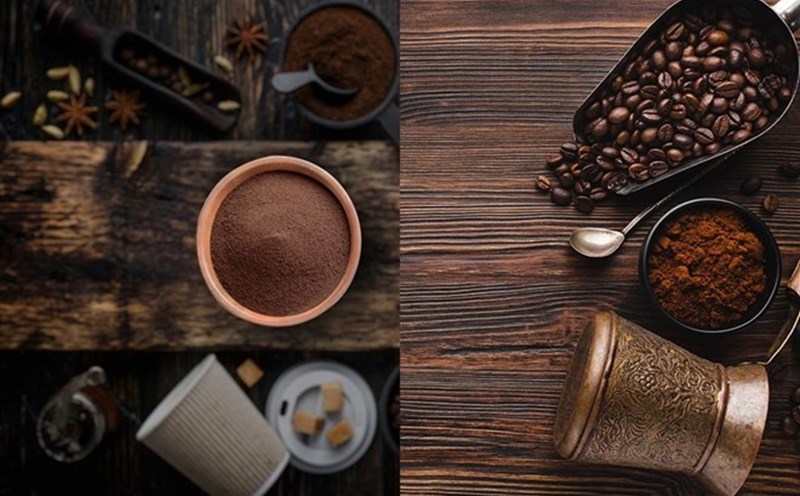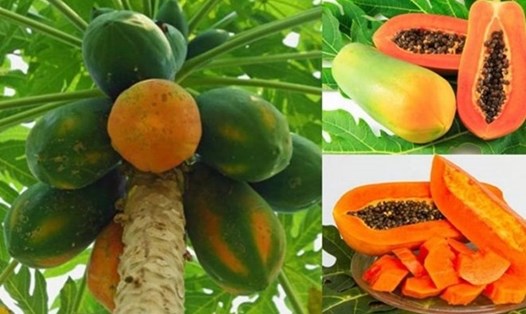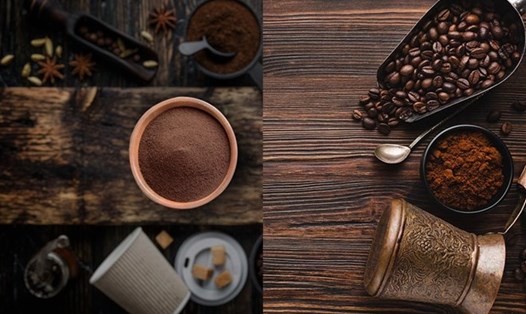Bananas have an average glycemic index (GI) of about 51, which is low to medium, meaning that when consumed, bananas do not raise blood sugar too quickly.
According to research by the World Health Organization, foods with a GI index lower than 55 are a good choice for people with diabetes or those who want to control blood sugar.
When consuming foods with a low GI, blood sugar levels increase gradually and steadily, helping to maintain long-term energy without causing sudden increases in blood sugar.
Bananas are high in fiber, especially a type of fiber called pectin and resistant starch. These two types of fiber are thought to help regulate carbohydrate digestion and slow the absorption of glucose into the blood.
Pectin and resistant starch in bananas can slow down the absorption of sugar into the blood, thereby helping to maintain stable blood sugar levels after meals. Pectin in bananas can also increase insulin sensitivity - an important factor in blood sugar control and prevention of type 2 diabetes.
In addition, bananas are rich in potassium, an important mineral that helps regulate blood pressure. Potassium helps excrete sodium through urine, helping to reduce pressure on blood vessel walls, contributing to better blood pressure control, a positive factor in preventing cardiovascular complications in people with diabetes.
According to the National Institute of Nutrition, people who eat diets rich in potassium tend to have a lower risk of type 2 diabetes and a lower risk of heart disease.
It is also important to note that ripe bananas have a higher sugar content than green bananas. As bananas ripen, the resistant starch is reduced and converted into simple sugars, increasing the banana's GI.
Therefore, people with diabetes or who want to control their blood sugar should choose bananas that are not fully ripe, when the content of resistant starch and pectin is higher, to help maintain more stable blood sugar.
Combining bananas with foods like almonds, unsweetened yogurt, or peanut butter can slow down the digestion and absorption of sugar into the bloodstream. Protein and fat help lower the GI of the meal and prevent blood sugar spikes.
Choose the right size banana and adjust the amount you eat: A medium-sized banana (about 100g) usually contains about 23g of carbohydrates. People who want to control their blood sugar should pay attention to the size of the banana and should only eat one at a time, instead of consuming many bananas in the same meal.










